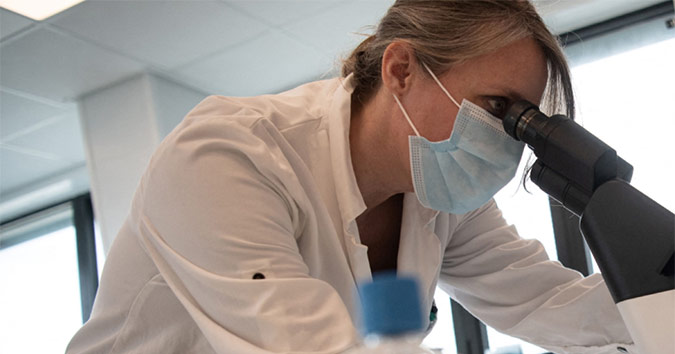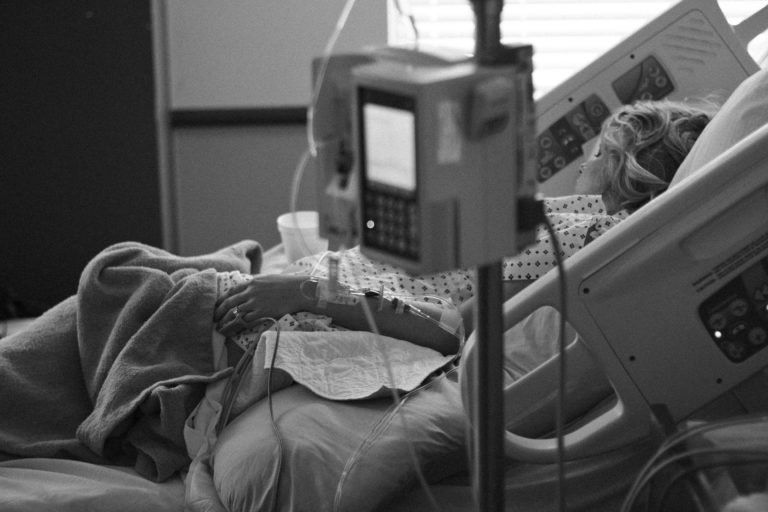Sumit Puri, CIO at Max Healthcare recently spoke to Analytics India Magazine on how Max is utilizing analytics, the adoption of analytics in healthcare industry, challenges it has and much more.
With an experience spanning over 24 years in technology and operations, Sumit Puri has a successful track record of driving enterprise digital strategy and process transformation in various organizations across multiple countries in Asia.
As CIO at Max Healthcare, he has been driving enterprise digital strategy and adoption of innovative healthcare technologies to serve as competitive differentiator in business operations. His role involves leveraging emerging technologies in the healthcare industry and creating enterprise application portfolio.
Prior to Max, he has worked at leadership positions at Prudential Corporation Asia, Prudential Life – Indonesia, Pricewaterhouse Coopers, GENPACT, and more.
[dropcap size=”2″]AIM[/dropcap]Analytics India Magazine- Max specializes in several areas of comprehensive healthcare, including aesthetic and reconstructive surgery, bone marrow treatment, cancer care, and the list goes on. Can you explain how analytics helps you in this?
[dropcap size=”2″]SP[/dropcap]Sumit Puri- Analytics today is the bedrock of any growing business. It has become an important part, more so in healthcare because analytics can help us in bringing improvements in clinical performance, enhance patient safety, productivity and efficiency. The Electronic health record system and e-Prescription systems being used by Max Healthcare allows us to create templates for clinical specialties and understand linkage of treatment protocols to outcomes are so that we can work upon those aspects further.
The GE Centricity RIS-PACS system which we have deployed recently across Max healthcare, is one of the largest deployments in the world by volumes to enable seamless access of images like XRay, MRI etc. for patients across locations and can be used to create an integrated customer record and enabling sophisticated analysis for medical treatment of our patients. At Max healthcare, we are using analytics extensively on enhancing both clinical and operational performance.
AIM- How well has India adopted Analytics in the healthcare industry? What is Max’s strategy towards spurring the growth of analytics?
SP- The adoption of analytics in healthcare is very contextual. The healthcare industry in India is very fragmented—there are both leaders and laggards in this space. On the leader’s side, there are organizations like Max who are engaging strongly with analytics providers and big data providers to create solutions which are useful for both operational and management standpoint.
At Max, we are trying to bring some level of standardization by enabling doctors to follow set protocols while carrying out clinical diagnosis. We have implemented standards like ICD 10 in clinical diagnosis and are also standardizing clinical procedure categories across our hospital units.
We have deployed advanced tools like Qliksense and Pentaho for clinical analytics and are doing several technology pilots to help us in eventual analysis of clinical treatment outcomes and provide decision support to doctors during treatment protocols. We have tools and clinical metrics that are reported on constant basis across network hospitals which have helped us improve our clinical performance in a significant way.
However, there are several healthcare providers and organizations that are lagging on this space, as they are unable to analyze much information because of the lack of data updation and adherence to standards. Majority of the public health organizations in India especially, with the exception of premier organizations like AIIMS, still lack automated systems and depend on updating the records manually with a lot of paperwork involved.
At such places, since the data is not being entered properly, generation of meaningful insights is difficult. Having said that, the Healthcare ministry is now taking several steps to create standards for Electronic health record entry and interoperability of data, which should help usher in some more useful analytics from a patient safety standpoint.
AIM- From an analytics perspective, what other challenges you see in its adoption in the current healthcare scenario in India?
SP- The basic challenge is the lack of standardization on medical treatment since each patient is different. There is still a significant demand-supply gap of quality doctors in non metros and rural India with no set protocols on treatment. A lot of doctors follow their own treatment protocol making the adoption of analytics a challenge. In every industry there is some standardization needed and also a significant amount of agreement on protocols so that there is an ease in identifying procedures and optimal clinical solutions accordingly. Also, more investments in public health are needed from the Government especially in primary and secondary care, since the share of healthcare in India’s GDP is still one of the lowest amongst developing and advanced economies.
AIM- Would you like to provide us with a case study where you made extensive use of healthcare analytics?
SP- We have done significant work in this area and are probably the only hospital in the country measuring the four different indicators for hospital acquired infections. We have also scientifically created sophisticated algorithms on risk mortality scores to improve patient safety. There has been a lot of improvement as these clinical quality indicators are being tracked quite diligently across hospitals by clinical directorate and clinical quality teams.
For instance, if a doctor is consulting a patient who is allergic to certain medicine, or has medical condition warranting a different line of treatment, it has become possible to create automated alerts through the Electronic Health Records system, to identify it proactively. This has been possible after we made some fields like VTE and initial diagnosis mandatory for doctors to enter the information for each individual patient which has resulted in a significant improvement in patient safety and compliance rate.
Adherence to the VTE protocol brought us a significant improvement to over 82% compliance from a meagre 18% a few years earlier. Similarly, by adoption of Bar coded medical administration of medicines during IPD operations and surgical procedures, there are huge improvements in standardizing the way medicines are administered to patients with high level of accuracy of administration which minimizes any human errors.
At Max, stringent monitoring of clinical analytics is giving us great benefits from an overall clinical safety standpoint.
AIM- What it the roadmap that lie ahead for Max Healthcare?
SP- Our aim is to keep on using best in class analytical tools and metrics to provide clinical and operational dashboards in a very easy, simple and user-friendly manner to the doctors, relevant operational management and operational leaders to make use of it and leverage it to maximum effect. We already have some great tools being deployed such as QlikSense, Pentaho and Microsoft Dynamix CRM, that lets us have various analytical insights in real time and in an automated manner from source systems.
We have very good clinical dashboards generated using our core systems which can be published across the hospital network allowing all relevant clinical and organizational stakeholders to understand the progress and the improvement areas.
Although we have moved significantly in terms of standardization of metrics and the adoption of Electronic Health Record standards like ICD 10, it is an evolving journey, which needs to be continuously monitored.
We have also engaged with other top quality research institutes and partners across the world to further enhance our understanding of the space e.g our collaboration with Deakin University, Australia for research on patient safety involving extensive health data mining in a data secure manner.
We have also worked with partners like IBM, where we have done pilots on tools like IBM Watson to figure out if there is some good decision support that can be offered to patients in Oncology.
Our roadmap lies in continuing to engage with new age analytics players in the market to enable better insights, to further enhance the quality of analytics that be deployed at our organization.
AIM- What are the key trends that you see emerging in the analytics space?
SP- There is a lot of Cognitive and Predictive analytics that has been evolving in the healthcare space. Also, there is a lot of machine learning coming into this space. There are some very good developments happening on machine learning and artificial intelligence which could potentially have huge impact on healthcare industry.
There are a lot of new age technologies and we are already engaging with some partners like Masimo for creating step down ICU’s to apply it in our industry to improve quality of monitoring and reduce costs for patients. With more Cognitive and Predictive analytics coming into the picture, we see a lot of linkages to patient outcomes. We are actively exploring more collaborations with partners who can further enhance our customer insights and patient safety.



















































































